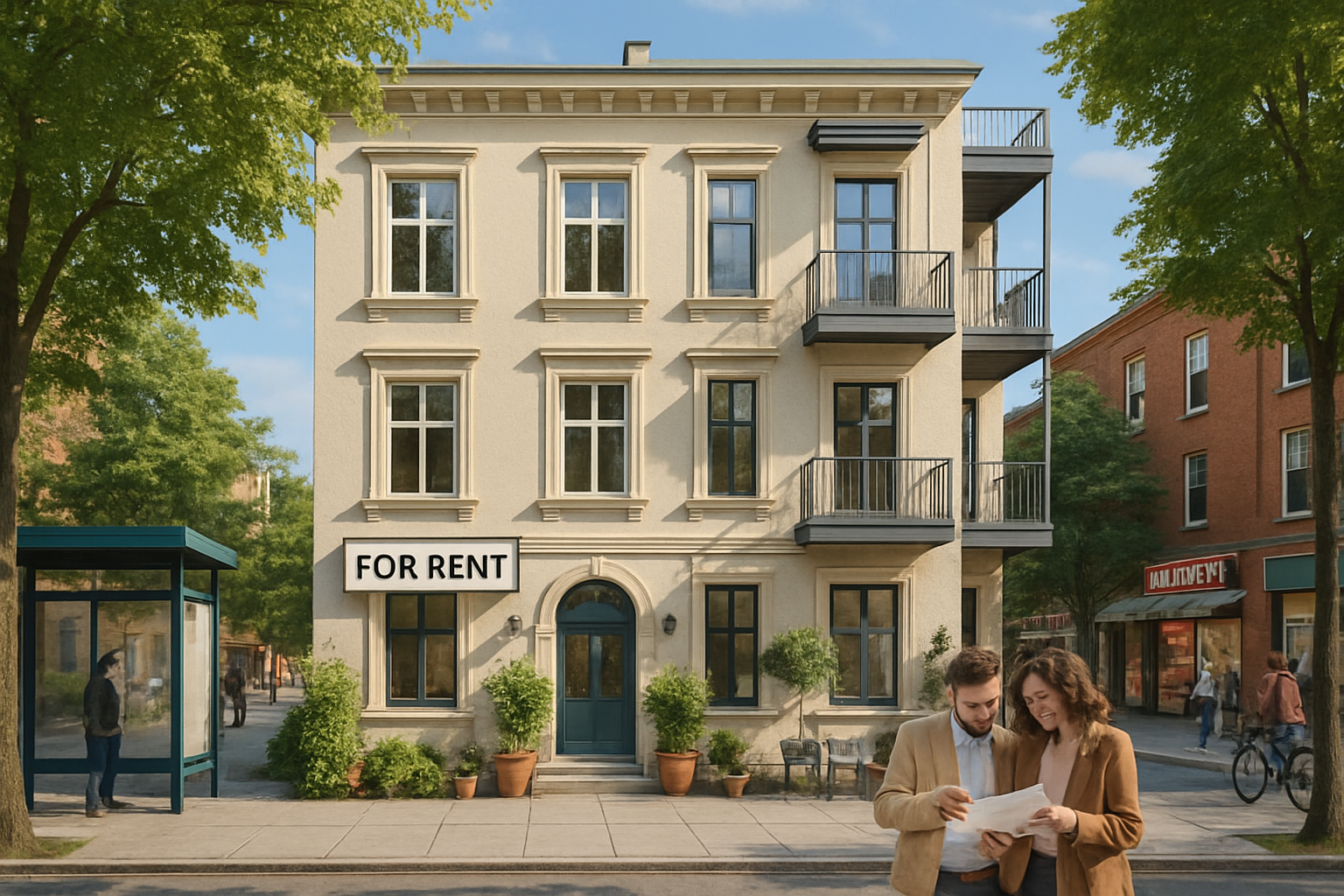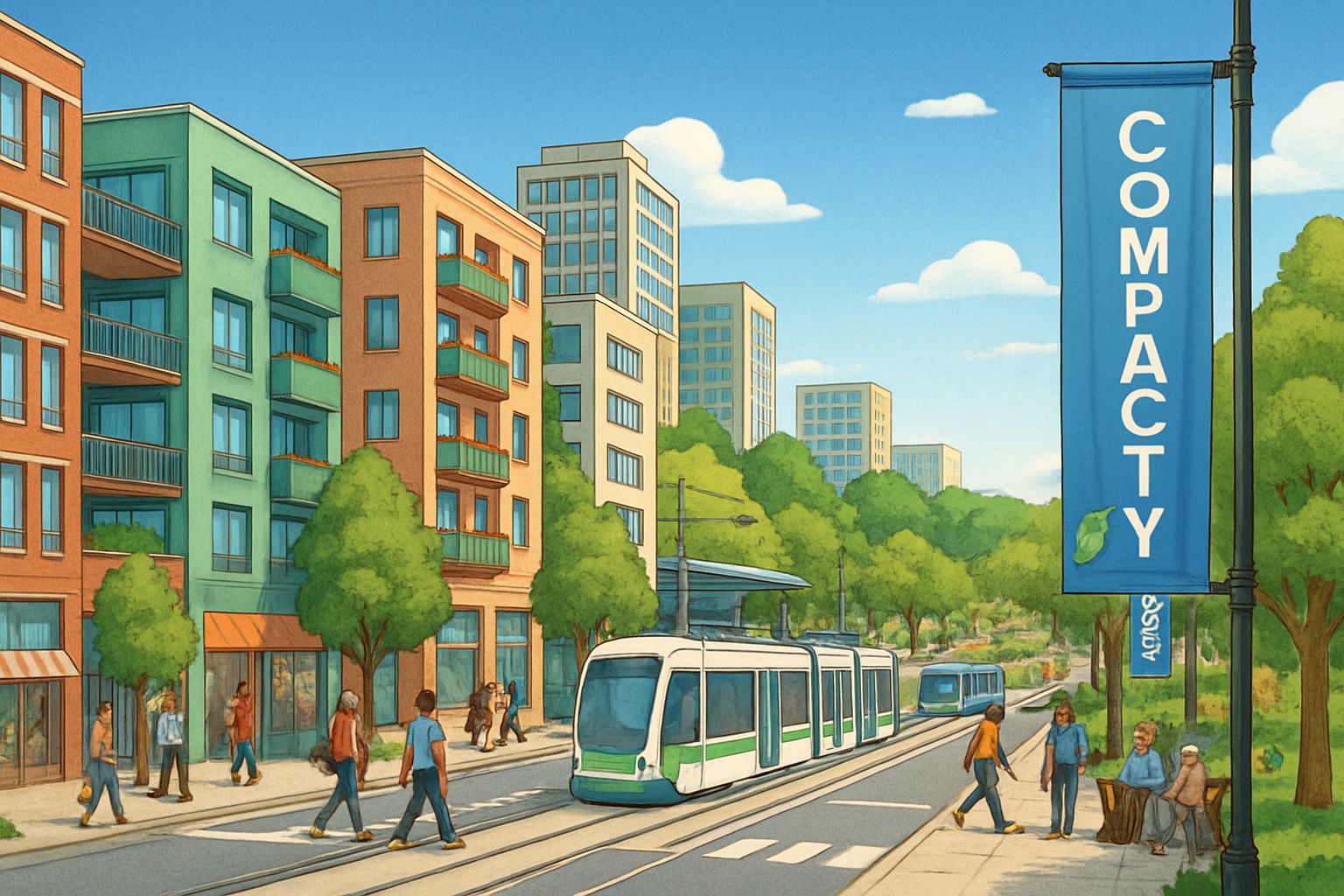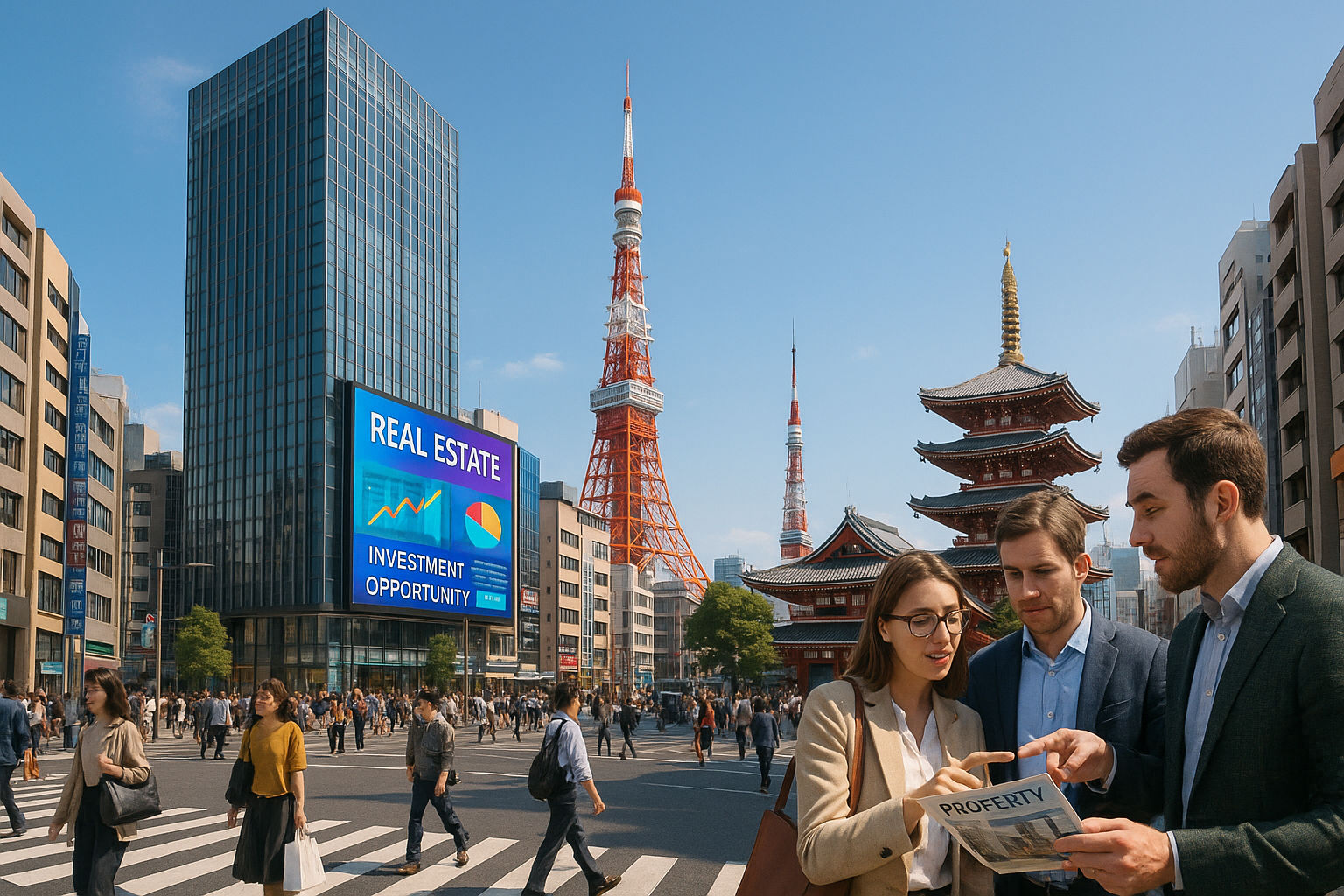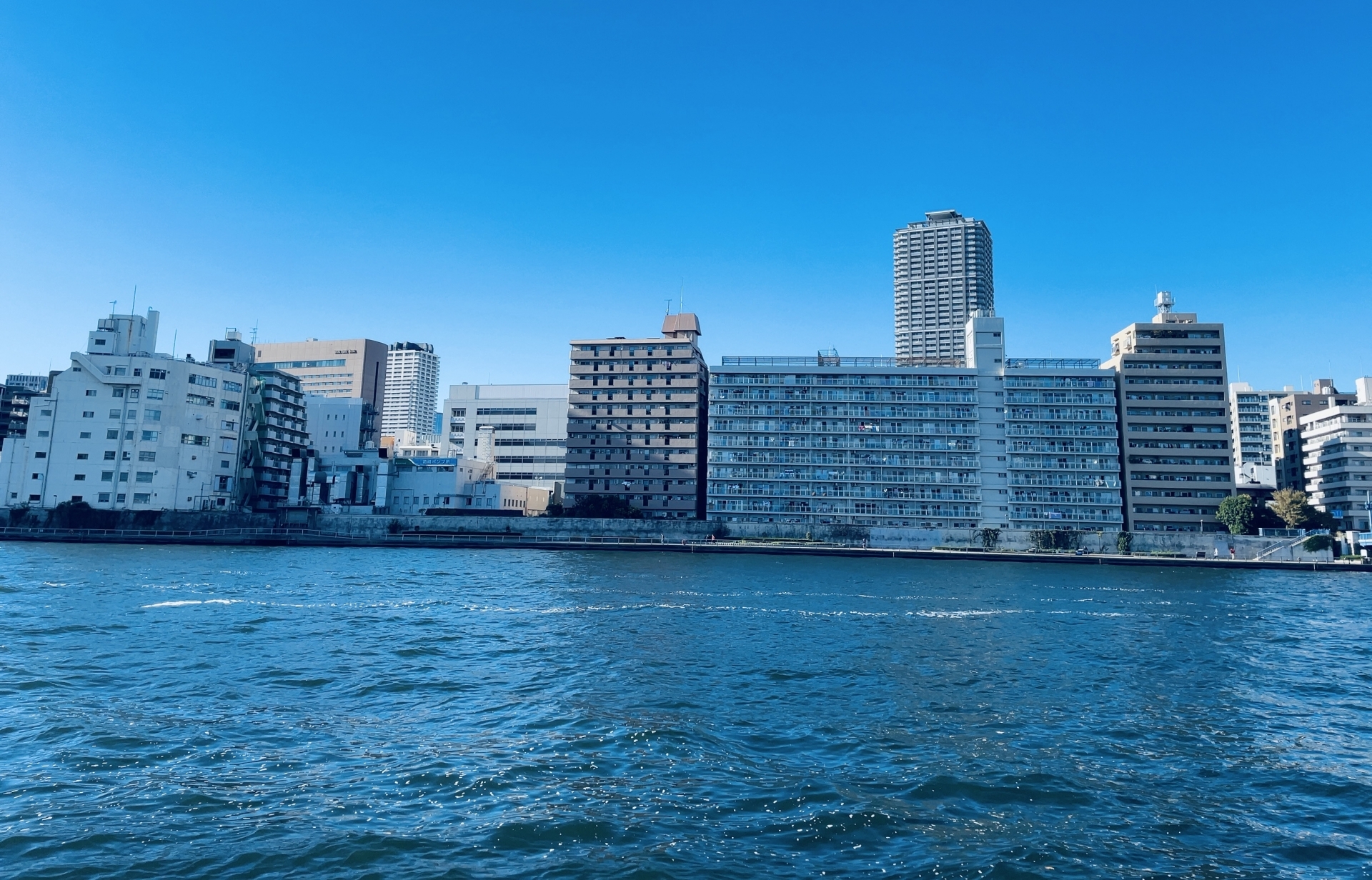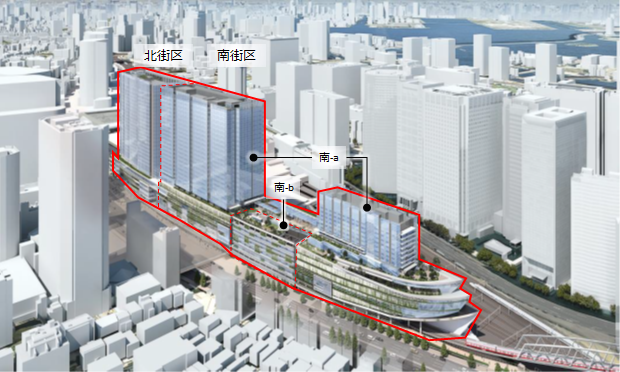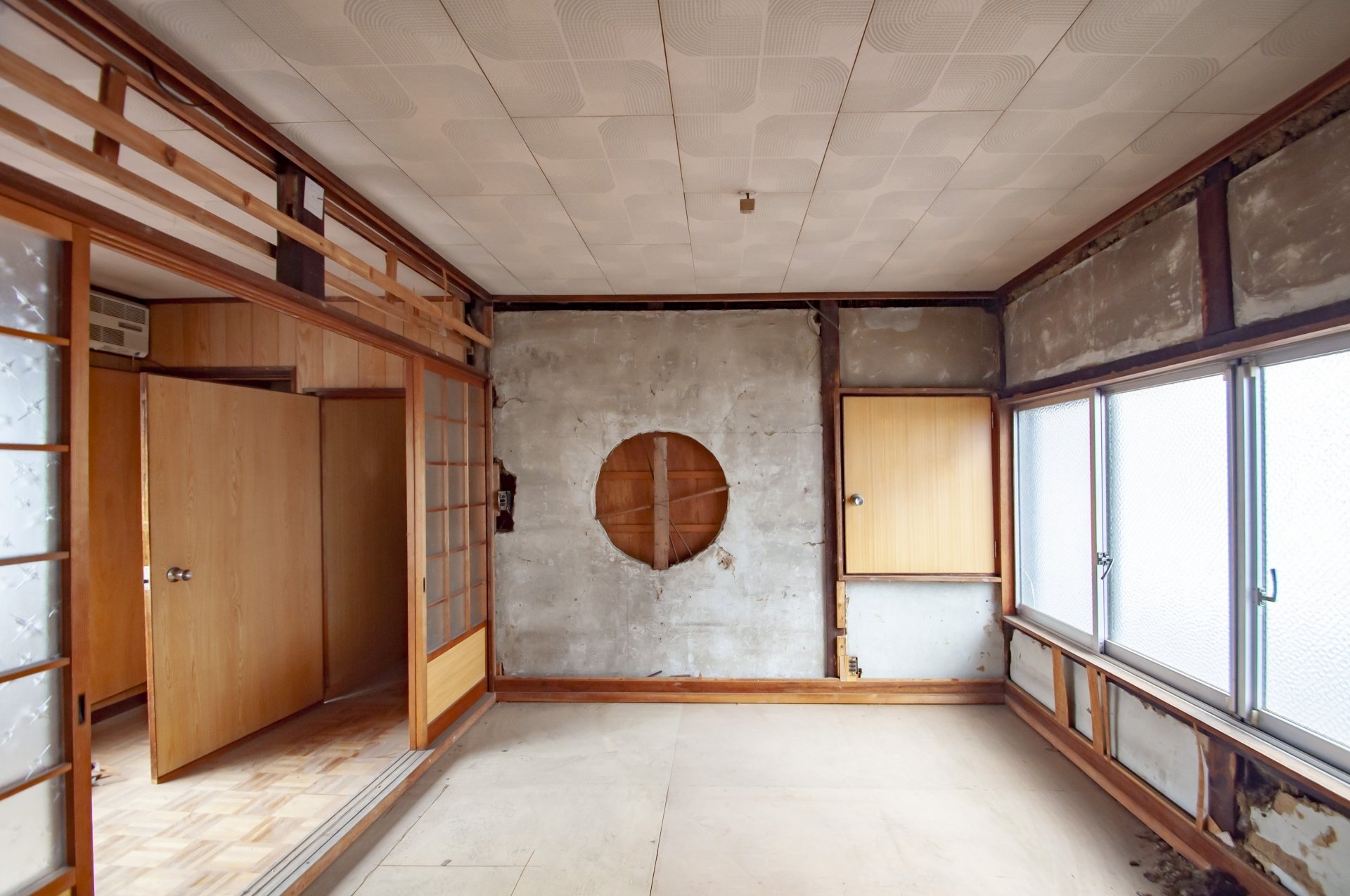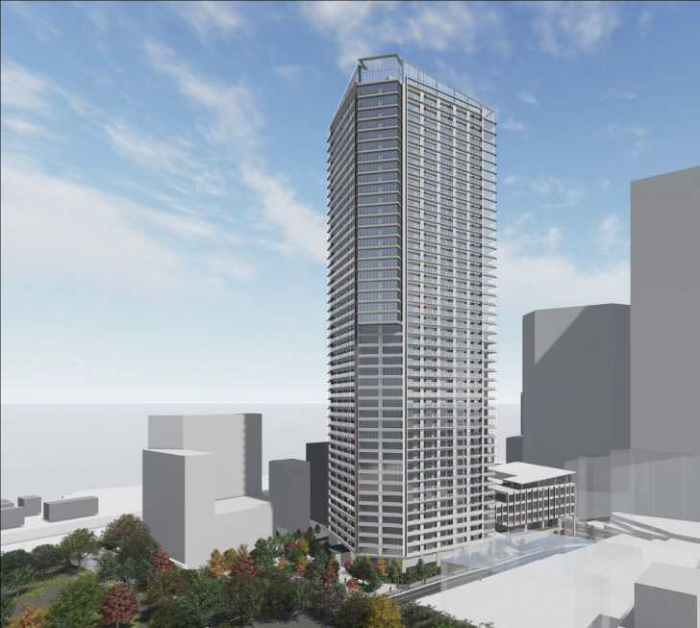In the central Tokyo office market, major structural changes are occurring behind the seemingly strong economy. According to a survey by the Nihon Keizai Shimbun, the amount of vacant floor space in "long-term vacant buildings," those with more than 20% vacancy for a year or more, has surged 12-fold in just three years. What does this situation mean for the Tokyo office market? This article details the ongoing polarization of the office market in central Tokyo, the background to the rapid increase in long-term vacant buildings, and the impact on real estate owners and investors.
The Current State of the Office Market: Superficially Favorable Conditions and Internal Distortions
The Surge in Long-Term Vacant Buildings
A sense of "vacancy saturation" is beginning to appear in large office buildings in central Tokyo. A survey by Nihon Keizai Shimbun on the vacancy area of large buildings (with a total floor space of over 5,000 tsubo) that have been vacant for more than one year and more than 20% of the total floor space has revealed that the area will reach approximately 185,000 square meters in 2024, a sharp increase of 12 times compared to 2021. In terms of the number of buildings, the number has increased sevenfold from 2021 to 16.6 buildings.
In addition, the average vacancy rate in the Tokyo Business District (Chiyoda, Chuo, Minato, Shinjuku, and Shibuya wards) as of April 2025 was 3.73%, down 0.13 points from the previous month, indicating an improving trend.
Polarization of the office market is becoming clearer.
The latest data shows the progression of "polarization" in the Tokyo office market. Vacancy rates are extremely low for well-located, highly functional "Class A buildings," and especially in central areas such as Otemachi, Marunouchi, and Yurakucho, the number of long-term vacant buildings remains at zero.
For example, the vacancy rate for Class A office buildings as of the end of the first quarter of 2025 is as follows
| Area | Vacancy Rate | QoQ |
|---|---|---|
| Central 5 Wards of Tokyo | 2.5% -0.3 | -0.3 |
| Marunouchi/Otemachi | Marunouchi/Otemachi 0.7 | -0.3% Roppongi/Akasaka |
| Roppongi/Akasaka | Roppongi/Akasaka 2.8 | -1.6% -1.6 |
| Shinjuku/Shibuya | Shinjuku/Shibuya 1.0 | -0.7 |
As these figures indicate, the situation in prime buildings in the central area is almost "vacancy depleted": of the 238 Class A buildings, 158 (66%) are fully occupied, and only 7 buildings have vacancy rates of over 20%.
On the other hand, long-term vacancies are concentrated in certain areas. The Harumi, Kachidoki, and Tsukishima areas account for about 35% of the total, and the Toyosu, Ariake, and Tatsumi areas for about 26%, with the Wangan area alone accounting for about 61% of all long-term vacant floor space.
Furthermore, the vacancy rate as of April 2025 for newly constructed buildings (less than one year old) is extremely high at 26.26%. This indicates that a state of oversupply is occurring in some redevelopment areas.
Factors behind the increase in long-term vacancies
Oversupply due to redevelopment
One of the main reasons for the rapid increase in the number of long-term vacancies is an increase in supply due to active redevelopment. According to a survey by Xymax Research Institute, the leased floor area of large buildings in Tokyo's 23 wards is expected to reach approximately 24 million square meters by the end of 2025, an increase of approximately 20% from the end of 2014.
In the bay area in particular, Olympic-related redevelopment and large-scale projects have been completed one after another, resulting in a large supply of office space. However, in many cases, the area is less attractive than central Tokyo in terms of transportation access and the quality of surrounding facilities, and is struggling in the competition for tenants.
In the five years after 2025, new supply is expected to reach 4.59 million square meters in the 23 wards of Tokyo, and the sense of oversupply in some areas is likely to continue.
Change in Corporate Office Selection Criteria
After the Corona Disaster, companies' criteria for selecting office space have also changed significantly. The combination of two major trends, "intensifying competition for human resources" and "a full-scale return to the office market," is causing a qualitative change in office demand.
Against the backdrop of a shortage of human resources due to the declining birthrate and aging population, companies have begun to position the office environment as part of their human resource strategy in order to secure excellent human resources. In addition, after the Corona convergence, there has been a growing trend toward a "return to work," with the telework implementation rate dropping from 51.6% in March 2024 to 44% in May of the same year.
In line with these changes, companies are placing greater emphasis on the following conditions
- Accessibility to transportation (proximity to train stations and access to multiple train lines)
- High earthquake resistance
- State-of-the-art facilities and technology
- Large floor space (promotes communication among teams)
- A good surrounding environment (restaurants, commercial facilities, etc.)
There is a growing "flight to quality" to superior buildings that meet these criteria, and buildings with older facilities and inconvenient locations are increasingly being excluded from the selection process.
Correlation between Area Characteristics and Occupancy Conditions
The Gulf Coast area, where long-term vacancies are increasing, faces the following common challenges
- Limited public transportation access (some have only a single line)
- Lack of restaurants and commercial facilities for office workers
- Low name recognition and brand power compared to central Tokyo
- Intensifying competition due to the simultaneous supply of large buildings
The combined effects of these factors have created a situation where long-term vacancies occur and remain fixed in some areas.
Analysis by Area: Comparison of the Five Central Wards of Tokyo and the Bay Area
Steady Trends in the Five Central Wards of Tokyo
The vacancy rate in the Tokyo business district (Chiyoda, Chuo, Minato, Shinjuku, and Shibuya wards) was 3.73% as of April 2025, improving year-on-year. In particular, Chiyoda-ku has the lowest vacancy rate at 1.05%, and vacancies in prime areas remain extremely rare.
Office rents in the five central wards of Tokyo are also on the rise, with the average rent as of February 2025 at 20,481 yen/tsubo (monthly), up 3.56% year-on-year. The rise in rents for Class A buildings is particularly pronounced, with the average rent (including common expenses) for Class A buildings in the five wards of central Tokyo at the end of the first quarter of 2025 at 35,520 yen/tsubo, up 4.9% year on year.
Struggling Conditions in the Bay Area
In contrast, the office market in the Bay Area is facing serious challenges. 61% of long-term vacancies are concentrated in the Harumi/Kachidoki/Tsukishima and Toyosu/Ariake/Tatsumi bay areas, and the market recovery has been slow.
While large-scale redevelopment projects in the bay area have led to the supply of a large number of new office buildings, tenant demand has not kept pace with this supply. In particular, changes in the way people work since the Corona Disaster have placed greater emphasis on accessibility to transportation, and there is a growing trend to return to central Tokyo, where multiple train lines serve the area.
The table below compares vacancy rates and characteristics by major area:
| Area | Vacancy Rate | Characteristics/Trends |
|---|---|---|
| Chiyoda Ward | 1.05% of the total | Lowest vacancy rate. Prime properties are depleted of vacancies. |
| Chuo Ward | 2.57% (vacancy rate is relatively high among the five central wards of Tokyo, but is improving) | Relatively high among the 5 central wards of Tokyo, but improving |
| Minato-ku | Approx. 2.5 | Roppongi and Akasaka areas are stable at 2.8 |
| Shinjuku/Shibuya | 1.0 | Vacancy rate continues to decline, making it a popular area |
| Bay Area | Over 10 | Concentration of long-term vacant buildings, recovery will take time |
Impact on property owners and investors
Challenges for owners and measures to address them
Owners of buildings with prolonged vacancies face the dual challenges of declining profitability and increasing maintenance cost burdens. In particular, buildings in the bay area and those located in areas with poor access to transportation are required to take the following actions as competition for tenants intensifies:
- Revision of rent setting: Flexible rent setting to increase market competitiveness
- Renovation investment: Increase value by updating facilities and adding amenities
- Consider conversion of use: Convert to residential, commercial, or mixed use when office demand is not expected
- Strengthening tenant incentives: covering interior construction costs, extending free rent periods, etc.
- Differentiation strategy: Provide unique concepts and distinctive services
Especially for buildings over 30-40 years old, demand is declining due to aging facilities and seismic resistance issues, and a long-term strategy with a view to large-scale renovation or reconstruction is essential.
Impact on the Real Estate Investment Market
The polarization of office buildings has also had a significant impact on the real estate investment market. The investment strategies of REITs specializing in office properties are also changing, with an increasing concentration of investment in prime properties in prime areas.
In 2025, the investment ratio of office buildings is expected to increase, and the prices of prime properties are on an upward trend. On the other hand, properties with high long-term vacancy risk may face more stringent risk assessment by investors, leading to higher cap rates (lower prices).
In this market environment, the following points are important for investors
- Determining location characteristics (transportation access, convenience, future potential)
- Accurate assessment of building specifications and competitiveness
- Analyzing tenant composition and contract length risk
- Understanding the supply outlook for each area
- Assessment of long-term value enhancement potential
Future outlook: balance between supply and demand
Short-term outlook (2025-2026)
From 2025 to 2026, a large amount of new supply (500,000 sqm in 2025 and 400,000 sqm in 2026) is expected in central Tokyo. However, as vacancies in existing buildings are depleted, demand is shifting to newly supplied properties, and many of the eight buildings scheduled for completion in 2025 have secured a high offer rate.
Vacancy rates for Class A buildings in central Tokyo are expected to continue to improve until 2027, after which they will begin to rise. On the other hand, in areas with inferior location conditions, vacancy rates are likely to remain high for the time being.
Medium- to Long-Term Outlook (2027 and Beyond)
The supply-demand balance is expected to remain tight in 2027, as new supply is expected to be relatively low. The easing of supply-demand tension may be limited due to possible delays and plan revisions caused by soaring construction costs.
In the medium to long term, the following factors will affect the office market
- Changes in the office worker population due to the declining birthrate and aging population
- The degree to which the hybridization of remote work and office attendance has taken hold
- Evolution of corporate office strategies (toward decentralization and consolidation)
- Trends in international companies entering and exiting Tokyo
- Qualitative changes in office space due to technological evolution
Conclusion
The office market in central Tokyo has undergone a major shift, with the number of buildings with long-term vacancies of one year or longer surging 12-fold over the past three years. However, this does not mean that the market as a whole is stagnant; rather, it is a phenomenon that indicates the progression of "polarization.
Vacancy rates are extremely low in prime buildings with excellent locations and facilities, especially in central areas such as Otemachi, Marunouchi, and Yurakucho, and rents are on the rise. On the other hand, in some areas, particularly in the bay area, long-term vacancies are increasing due to oversupply resulting from redevelopment and limited transportation access.
In the future, the office market is expected to become even more "selective" in terms of location and specifications. Real estate owners and investors are now required to accurately grasp changes in the market environment and take strategic actions based on the characteristics of each property.
Companies are also changing their criteria for selecting office space, placing more emphasis on the quality of the office environment from the perspective of making it easier for employees to work, improving productivity, and strengthening competitiveness in attracting human resources, rather than simply reducing costs. This trend will continue and will be a factor in further polarization of the office market.
Frequently Asked Questions
Q1: What exactly do you mean by "long-term vacant buildings" in central Tokyo?
A1: A "long-term vacant building" is a large office building (with a total floor area of over 5,000 tsubo) that has had a vacancy rate of 20% or more for more than one year. According to a survey by Nihon Keizai Shimbun, approximately 16.6 buildings with a total floor space of 185,000 square meters will fall under this category by 2024.
Q2: Why is the vacancy rate particularly high for office buildings in the bay area?
A2: The main reasons for the high vacancy rate in the Wangan area (Harumi, Kachidoki, Tsukishima, Toyosu, Ariake, Tatsumi, etc.) are: 1) large supply due to redevelopment, 2) limited public transportation access, 3) slow development of the surrounding environment for office workers, and 4) the tendency to choose central Tokyo as the office area after Corona. Approximately 61% of long-term vacant buildings are concentrated in these bay areas.
Q3: What exactly do you mean by "polarization" of the office market?
A3: The "polarization" of the office market refers to the situation where prime areas (Otemachi, Marunouchi, Yurakucho, etc.) with good locations and highly functional Class A buildings have "depleted" vacancy rates of around 1%, while vacancy rates remain high for buildings in inferior locations and older facilities, and a large disparity in rent settings has developed. This trend is expected to continue and expand in the future. This trend is expected to continue and expand in the future.
Q4: What measures should building owners with long-term vacancies take?
A4: Owners should take the following measures to address long-term vacancies: (1) review rents to increase market competitiveness, (2) renovate by updating facilities and adding amenities, (3) strengthen tenant incentives such as extending free rent periods, (4) consider converting to uses other than office space (residential, commercial, mixed use), and (5) differentiate themselves by offering unique concepts and services. (5) Differentiation by offering unique concepts and services. A strategic approach tailored to the location and characteristics of the property is important.
Q5: How do you expect the office market to change in the future?
A5: The office market is expected to remain relatively stable from 2025 to 2026, with new supply coming on stream in 2027, and the largest new supply in history planned for 2028 to 2029, although there is a possibility that the plan will be revised due to soaring construction costs. In the long term, it is predicted that companies will become more "flight to quality" oriented, and that polarization by location and specifications will further increase. In addition, the degree to which remote work is becoming more established and the declining birthrate and aging population will also be factors in bringing about qualitative changes in office demand.
Reference information
- Nihon Keizai Shimbun, "Vacant buildings in central Tokyo for more than a year surge, 12 times more in 3 years, clear struggle in Wangan area," www.nikkei.com
- Miki Shoji, "Rents and Vacancy Rates for Rental Office Space in Tokyo," www.e-miki.com
- Xymax Research Institute, "Office Vacancy Monthly Report Tokyo April 2025," soken.xymax.co.jp
- Jones Lang LaSalle, "The Latest Trends in the Tokyo Office Leasing Market," www.joneslanglasalle.co.jp
- Mori Building, "Tokyo 23 Wards Large Office Building Market Trend Survey 2025," www.mori.co.jp
We are available for consultation regarding office relocation and real estate investment. Please feel free to contact us for assistance in making the best choice in the increasingly polarized Tokyo office market. We encourage you to incorporate an expert's perspective when considering a review of your office environment or restructuring of your investment strategy.

Daisuke Inazawa
Representative Director of INA&Associates Inc. Based in Osaka, Tokyo, and Kanagawa, he is engaged in real estate sales, leasing, and management. He provides services based on his extensive experience in the real estate industry. Based on the philosophy that “human resources are a company's most important asset,” he places great importance on human resource development. He continues to take on the challenge of creating sustainable corporate value.

.png)


